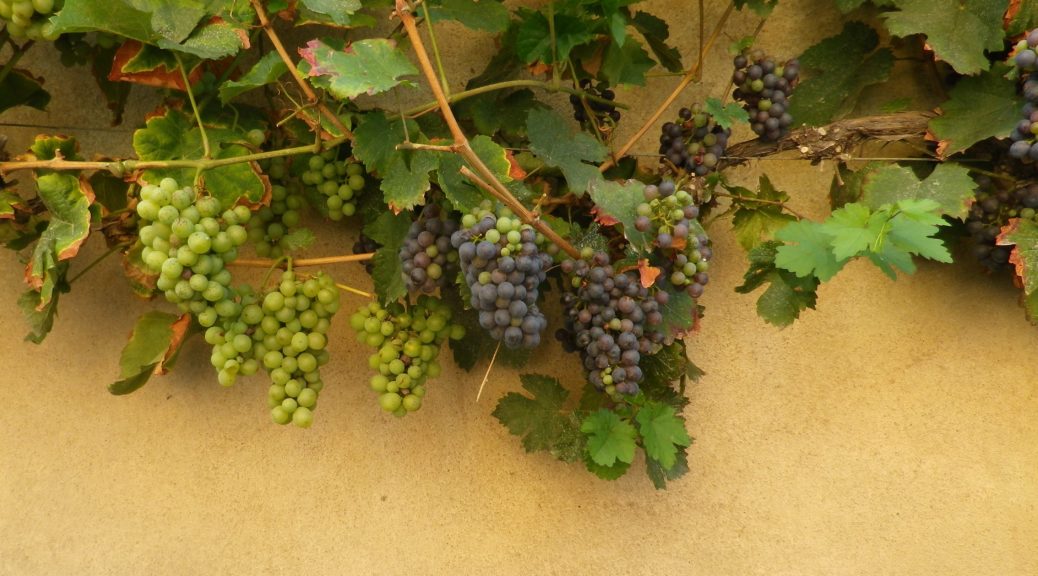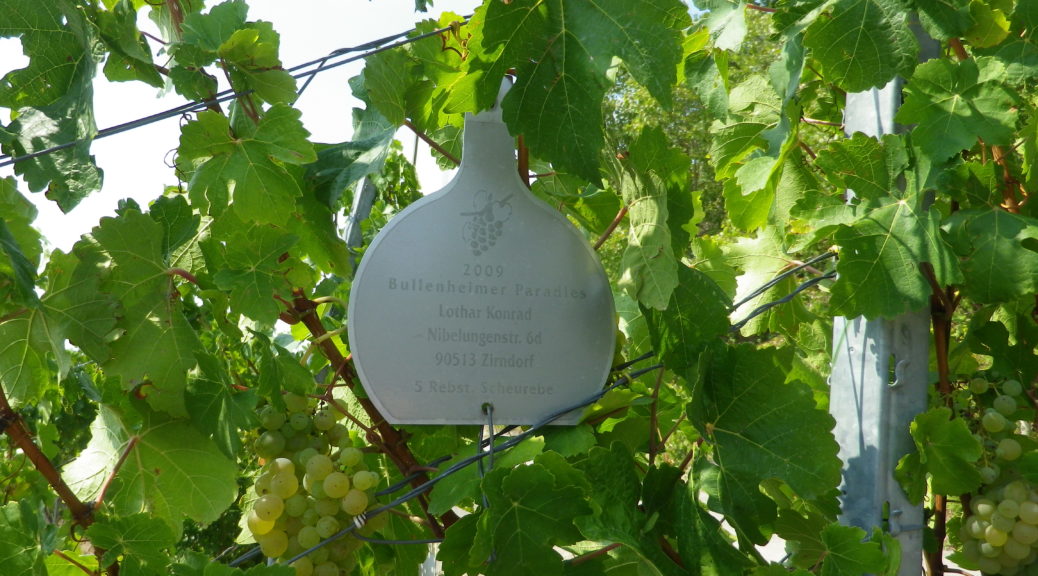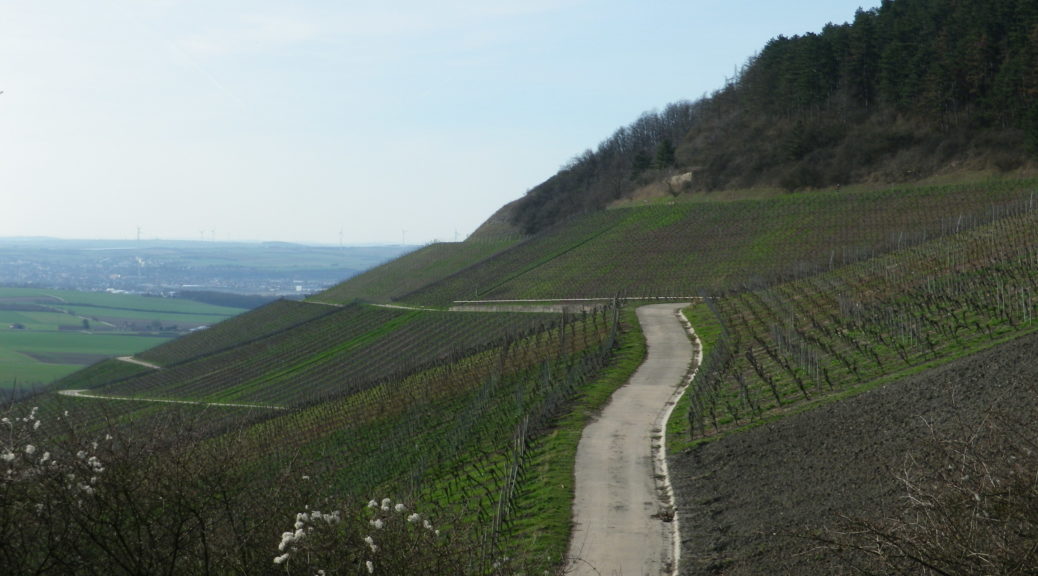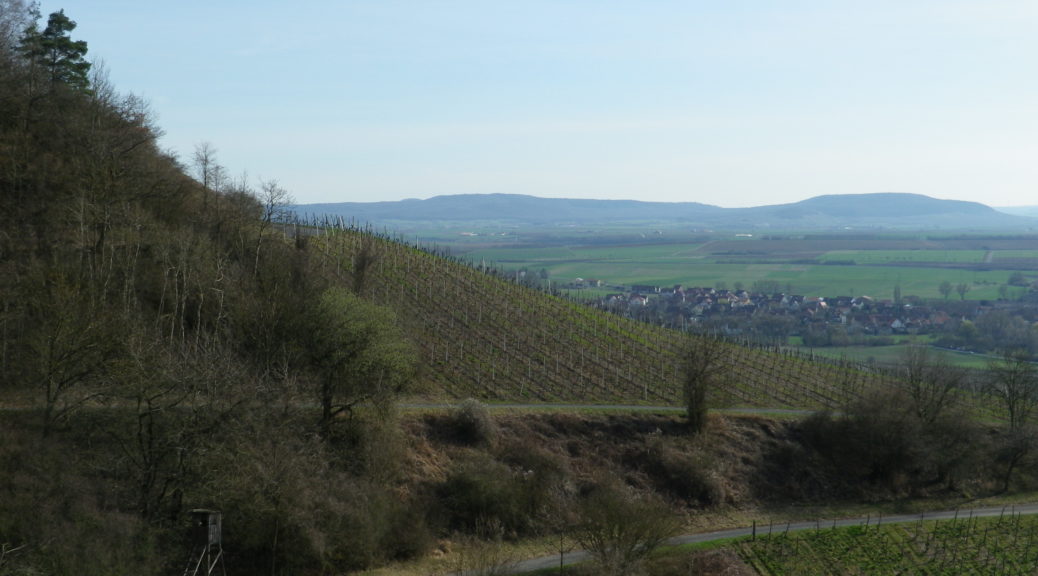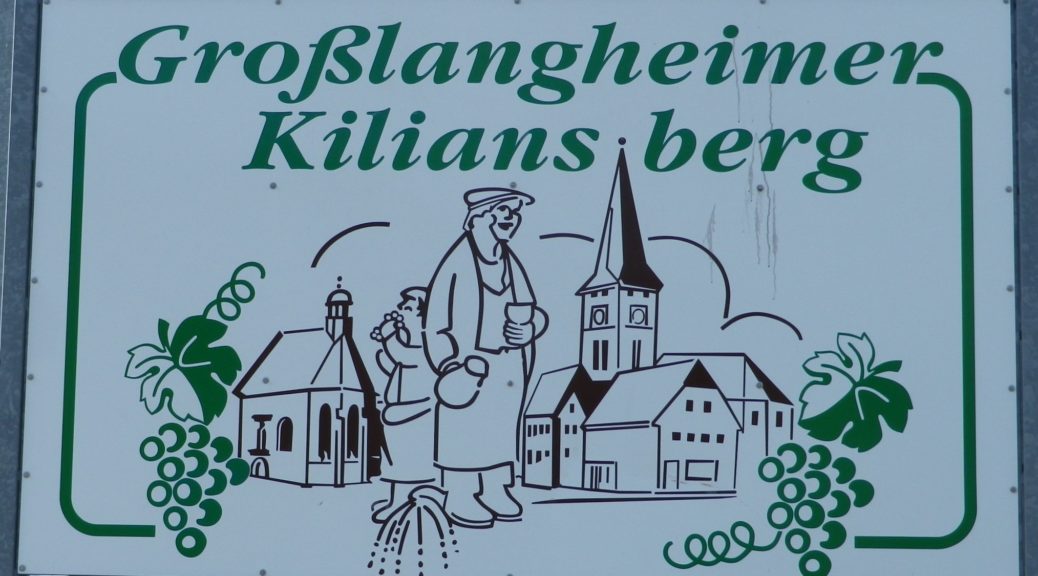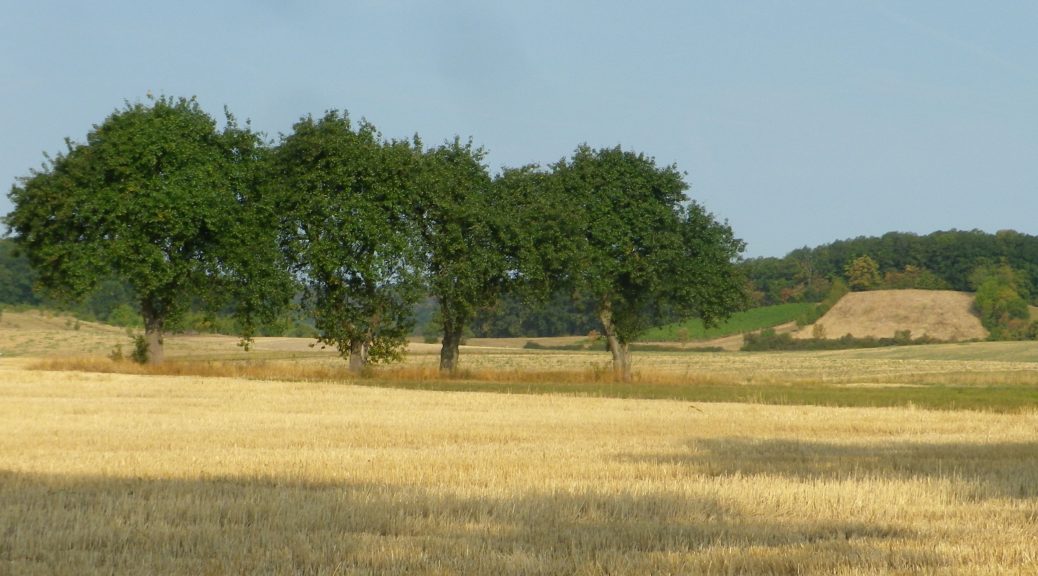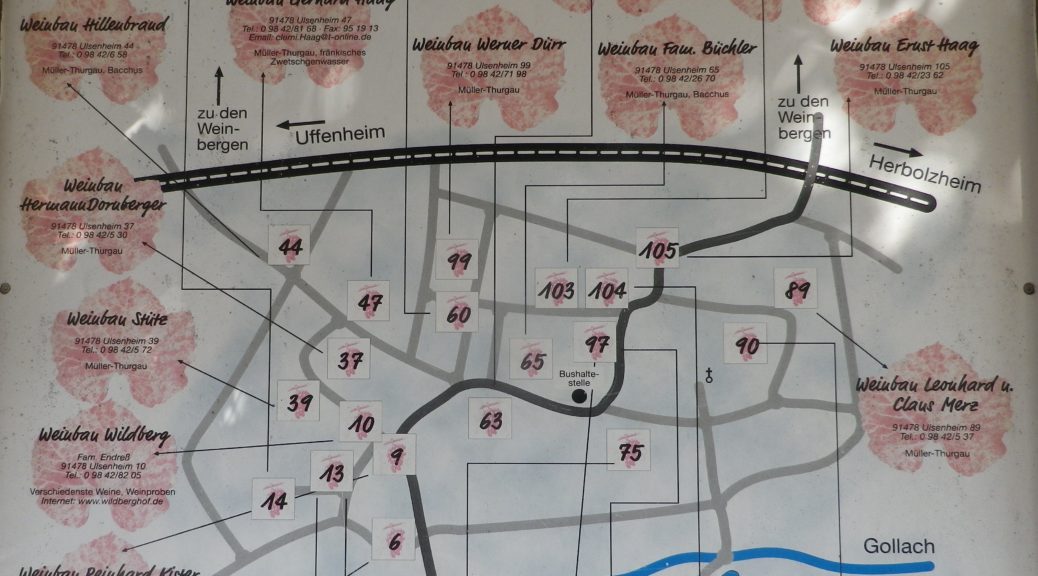Tag Archives: Steigerwald wine district
Wine Notes: Seinsheim Bullenheim
What I Learned
Of the Franconia (Franken) wine region’s districts, the Steigerwald district is undoubtedly less well-known than the other two (the Maindreieck around Wuerzburg, and the Mainviereck), and consequently, one of the least visited. The Steigerwald is a tranquil area, focused largely on agriculture. One major attraction is the relatively large Steigerwald Nature park, with wide swathes of tree-covered hills. But on the edges of those hills are vineyards. The vineyard area is known as Frankenberger Schlossstueck, with three vineyards – the Hohenbuehl, the Tannenberg, and the Paradies, belonging to the villages of Seinsheim, Huettenheim and Bullenheim respectively.
Mueller-Thurgau, Silvaner and Bacchus are the three most common grape varieties planted here. The Bacchus varietal was created by crossing a Riesling with a Silvaner, then with a Mueller-Thurgau. The three parent varietals all do relatively well in cooler climate, which is why these, along with Bacchus, are the most planted varietals in this district. These grapes tend to produce light, fruity, white wines, a delight to drink chilled. Normally neither as acidic, nor as aromatic as Riesling, both the Silvaner and Bacchus wines are less-intense alternatives to Riesling, and are found almost only in Franconia.
What I Tasted
2017 Mueller-Thurgau, Kabinett, Trocken, Paradies Wein: A dry white wine with medium minus gold color; nose of green apple and gooseberry, with vanilla, green apple, and slight stone fruit flavors; medium plus acidity, with a tart lengthy finish.
2017 Bacchus, Kabinett, Halbtrocken, Winzerhof Klaus Markert (Weigenheim): A semi-dry white wine, with medium gold color; apricot, white peach and vanilla aromas and flavors; medium acidity.
2016 Bacchus, Bullenheimer Paradies, Kabinett, Halbtrocken, Weinbau Erich Schwemmer (Seinsheim): A semi-dry white wine, with medium minus gold color; neutral nose, with apricot, white peach and vanilla flavors; medium minus acidity.
Gallery April 2023
Steigerwald’s Stellar Vineyards and Villages
The Steigerwald, in Franconia, is a wonderful area. Unlike the other wine districts in the region, the Steigerwald is away from the Main River, and does experience a bit more variance in the weather. One March, hiking the Steigerwald on the first weekend of March, I failed miserably due to snow and ice. (See that story here.) Another March, a year and three weeks’ time difference, sunny skies and dry trails resulted in one of the most memorable hikes I ever completed in Germany.
I began in Castell, a delightful village with a good reputation for its wines. It is nestled at the base of low, vine-covered hills. This iconic village comes complete with a castle in its park, narrow streets and lanes filled with historic houses, and a church. But it was not alone – all the villages on the trail of this hike were just as charming.
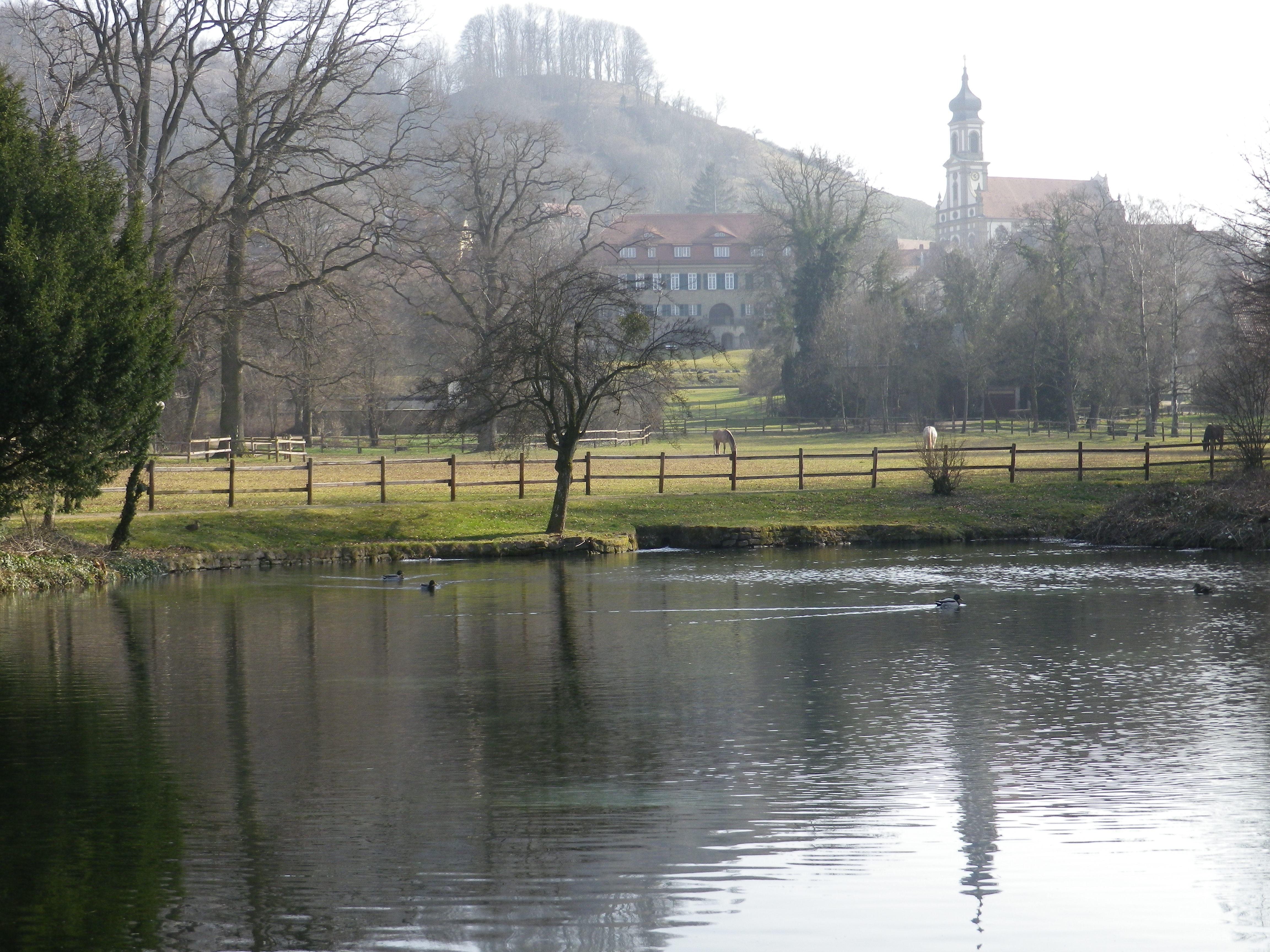
Continue reading Steigerwald’s Stellar Vineyards and Villages
Wines Notes: Franconian Steigerwald
What I Learned:
Kronsberg, Julius Echter Berg, and the Kuchenmeister are three well-known vineyards in the Iphofen-Roedelsee area, the most famous perhaps being the Julius Echter Berg, named after a 16th Century Wuerzburg Prince-Bishop. (He served as the ruler of a large area within the Holy Roman Empire in Franconia, which he managed rather well.) It was during his lifetime that the Silvaner vines entered Franconia (the first documented record of it locally being in the Castell archives), and some of its best expressions come from the mineral-rich Gipskeuper soils (components shale, gypsum, anhydrite and rock salt) unique to the area around the Schwanberg, around which the three vineyards lay. This geological component, along with the influence of a continental weather pattern, can result in outstanding white wines some years.
Gallery August 2022
Wine Notes: Franconian Steigerwald
What I Learned:
There are three distinct wine districts in the Franconian Wine Region: The Mainviereck, the Maindreieck and the Steigerwald. Vineyards here can face more challenges than elsewhere in the region. While the first two districts follow along the Main River, the Steigerwald wine district does not. This means that the climate-moderating effects of a river do not apply. Additionally, the highest vineyards in the Franconian wine region lie in this district, some at almost 400 meters above sea level. Therefore, the elevation, as well as the distance from the Main River means that spring weather effects can come later, and fall weather effects can come earlier, and have more impact, than elsewhere in this wine region.
